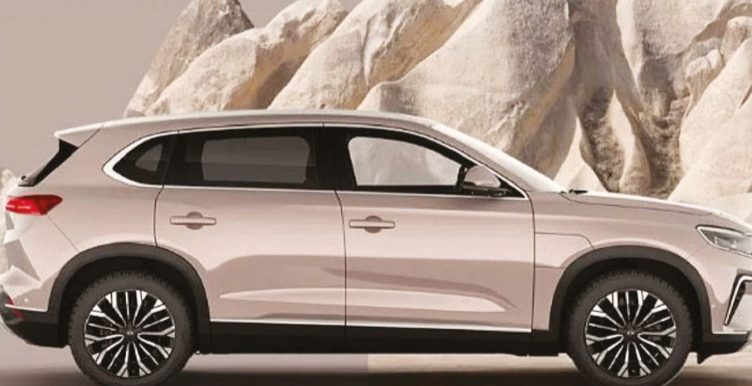Türkiye’s first national, fully electric car Togg, which recently saw the first massproduced vehicle come off from the production line, revealed its most-preferred color through a survey. The survey was conducted with the participation of 500,000 people from Togg’s social media account. According to the results, the color “Kapadokya” (Cappadocia in Turkish) which is among the total of six colors that “Togg took inspiration from the beauties of Türkiye” was the most popular color of the C-SUVs.
The colors include “Anadolu” (Anatolia), “Gemlik,” “Oltu,” “Kula,” “Kapadokya” and “Pamukkale.” Kapadokya is the color representing the colors of the fairy chimneys in Türkiye’s famed touristic region of Cappadocia in the central province of Nevşehir. Anatolia is a red “reflecting the friendliness and passion of Anatolian lands.” Gemlik is a turquoise blue color which represents the blue waters under the shade of olive trees in Gemlik located on the coast of the Marmara sea. Kula is gray, taking its inspiration from the “magnificence of Kula, which carries millions of years of history of Earth to the present with its natural structure, rocks and valleys,” in Türkiye’s Aegean region.
The black color of Oltu represents the eye-catching blackness, shiny texture and solid structure of the Oltu stone, one of the rare and fascinating gemstones found in the eastern Erzurum province. The color Pamukkale, meanwhile, is a while color, the dazzling whiteness of Pamukkale’s travertines in western Türkiye’s Denizli. In addition to the SUV, Togg will be manufacturing another four models – a sedan, C-hatchback, B-SUV and B-MPV – through 2030. Mass production of the SUV will be followed by the sedan. The vehicle is being produced by a consortium of five Turkish companies called the Automobile Initiative Group of Türkiye, or Togg in short, in cooperation with the Union of Chambers and Commodity Exchanges of Türkiye (TOBB). The brand aims to produce 1 million vehicles across the five segments by 2030.

